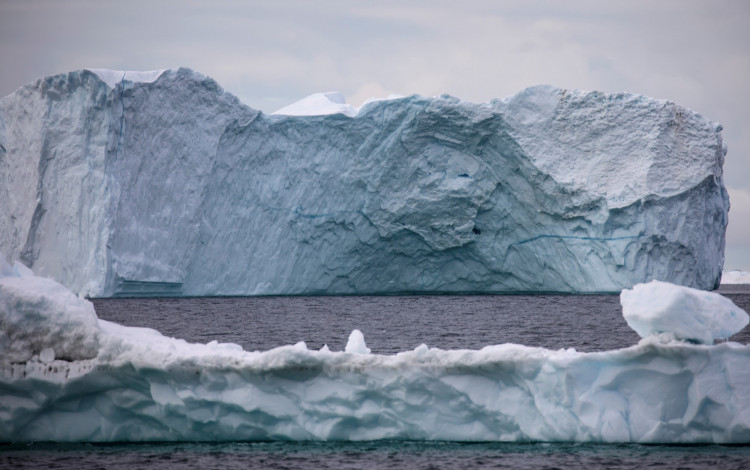Researchers warn that ice loss is accelerating at a time of increased concerns about climate change. A recent analysis indicated that Switzerland's 1,400 glaciers lost half of their overall volume since the early 1930s.
ETH Zurich, a renowned federal polytechnic university, and the Swiss Federal Institute on Forest, Snow, and Landscape Research released the results of the first-ever reconstruction of ice loss in Switzerland in the 20th century on Monday (Aug 22). The study was based in part on an examination of changes to glacier topography since 1931.
The researchers discovered that over the following 85 years, or until 2016, ice quantities had decreased by 50%. In just six years since that time, the glaciers have lost an additional 12% of their mass.
"Glacier retreat is accelerating. Closely observing this phenomenon and quantifying its historical dimensions is important because it allows us to infer the glaciers' responses to a changing climate," Daniel Farinotti, a co-author of the study, which was published in the scientific journal The Cryosphere, said.
The glaciers of the Swiss Alps make up nearly half of all the glaciers in the European Alps by area.
The researchers used a variety of data, including long-term glacier observations, field measurements, and 22,000 mountaintop and aerial images between the two world wars. Only a small number of Switzerland's glaciers have been consistently researched throughout the years; the researchers were able to fill in the gaps by using numerous sources.
In order to compare the location and shape of photos of the terrain, researchers used methods that have been around for a while. They also used cameras and other tools to measure the angles of land areas. In order to make estimations concerning the evolution of ice volumes, the teams compared the surface topography of glaciers at various times.
According to the experts, not all glaciers have been shedding ice at the same rates. The flatness of a glacier's "snout," which is its lowest point and most susceptible to melting, as well as the quantity of debris on the glaciers, all have an impact on how quickly they retreat.
The researchers also discovered that the glacier mass did occasionally increase during two periods, the 1920s and the 1980s, but this was eclipsed by the overall pattern of loss. Since hydropower generates approximately 60% of Switzerland's electricity, the findings could have a significant impact on the country's long-term energy sources.






